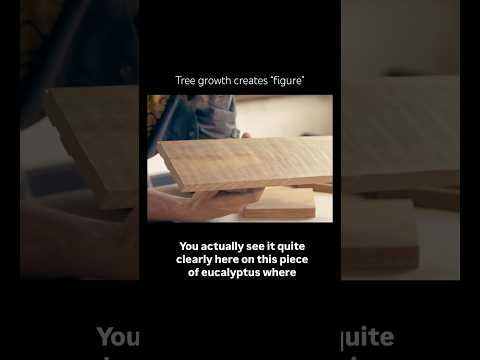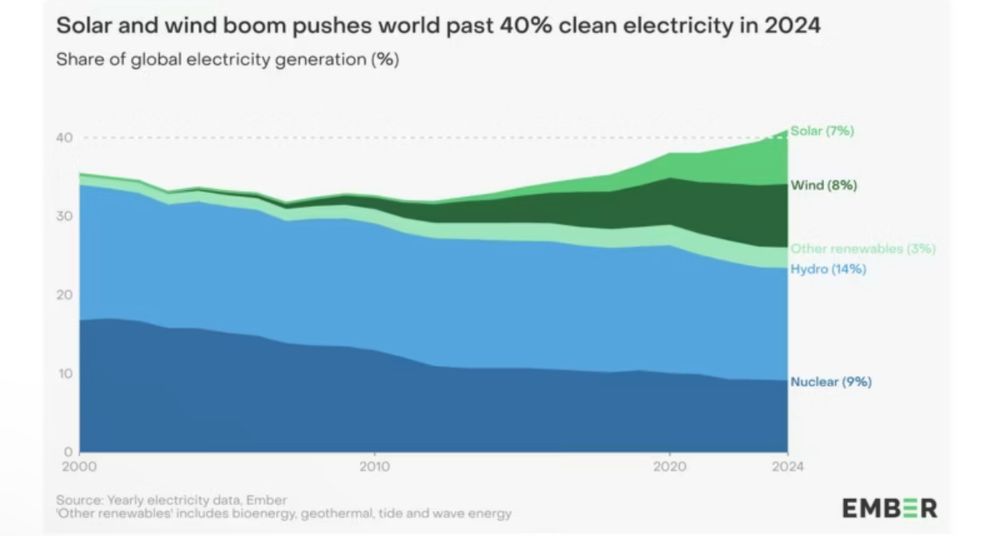Shane Orion Wiechnik
@shaneorionwiechnik.bsky.social
55 followers
79 following
23 posts
Furniture and Wooden Objects Conservator
Freelance - Based on Gadigal Land in Sydney, Australia
Posts
Media
Videos
Starter Packs
Reposted by Shane Orion Wiechnik
Reposted by Shane Orion Wiechnik
Reposted by Shane Orion Wiechnik












